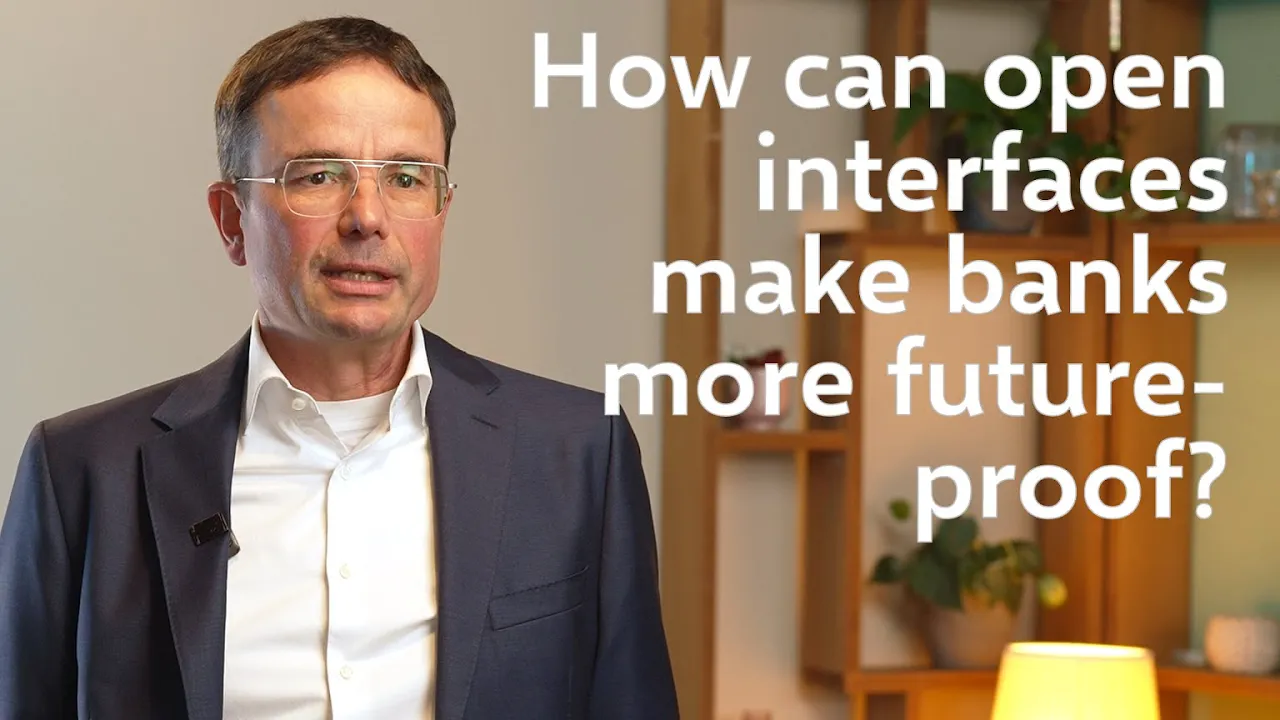As we continue down this path of ‘technology everywhere’, the distinction between platforms is blurring. It’s easy to start watching Netflix on your smart TV and finish watching it on your tablet or phone; why should banking be any different? Customers are learning to expect this multi-channel continuation feature to exist across all of the services they use, including retail banking. According to Deloitte's research, 70% of consumers consider a consistent experience across channels to be extremely or very important in choosing their primary bank.
However, it’s important to note that while many customers are happy to switch channels to complete tasks, most still prefer to complete the task quickly on a single device. Not only is it faster and easier for customers, it’s also a positive for banks since task completion rates are higher when customers don’t need to pause and resume tasks later. So while banks should ensure that customers can seamlessly continue tasks across different channels when needed, it’s equally important to optimise the self-service journey on each individual platform for speed and ease.
Yet some banks are discovering that as well as valuing a consistent experience, their customers want to complete tasks in a single session. It seems that for many customers, what matters most is the ability to pause and continue more complex activities (e.g. opening an account) between different devices.

